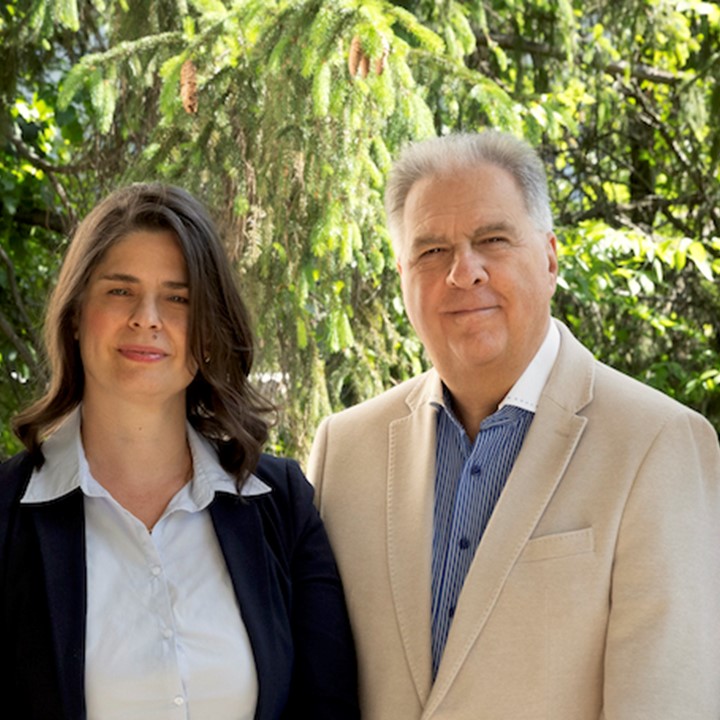Wise Decision-Making: Stepping Up to Sustainable Performance
An inter-connected world. An ambiguous, complex business environment. A society switched-on 24/7 to corporate errors. The life of a leader has never been tougher. Leadership today is filled with difficult societal, environmental and ethical decisions.
Based on the input of more than 360 business leaders, this global Amrop study gauges the current health of leadership decision-making, to support the journey from smart to wise.

From Smart to Wise: What’s the difference, and why should it matter?
Smart decision making is critical to create and capture economic value. But it is unlikely to equip leaders and organizations to deal with today’s complexity.
Wise decision-makers take specific measures to address business dilemmas in a holistic way. Not only do they create and capture economic value, they build more sustainable and legitimate organizations.
Focusing on factors over which leaders can exercise some control, our model includes a clear framework with practical tools, addressing:
- Self Leadership: how to exercise self-governance
- Motivational Drivers: what drives choices
- Hygienes: how to nourish decision-making ‘health.’
In conclusion
The path to wise leadership is a never-ending process of self-reflection and learning. Our findings suggest that if most leaders are on the way, too many are submerged by daily business, cognitive overload and short-term imperatives. Too few are taking time for self-reflection, and miss the guiding frameworks that will enable them to step back and re-orient.
“Leaders are often very lonely when taking decisions,” one CEO told us. It is perhaps this isolation that is undermining wise decision-making – isolation not only from others, but from ourselves. The right stakeholders and engineering to transcend thinking traps are management essentials. Just as important are personal processes: feedback, coaching to identify true motivations, strengths, a Life Plan, and avenues for self-development. These are just some of the steps all leaders can take today – irrespective of age or seniority.
Where to start? Perhaps the journey begins in mindfulness, with one or two habitual and recognized reflective practices. These enable internal answers to emerge – also when it comes to which external support to seek, from whom, and why.
Downloads
Just the essentials - read the Executive Summary highlighting our key findings and takeaways.
Executive SummaryOur Full Report includes a question catalog and a Feedback Toolkit with 5 common feedback traps.
Full Report